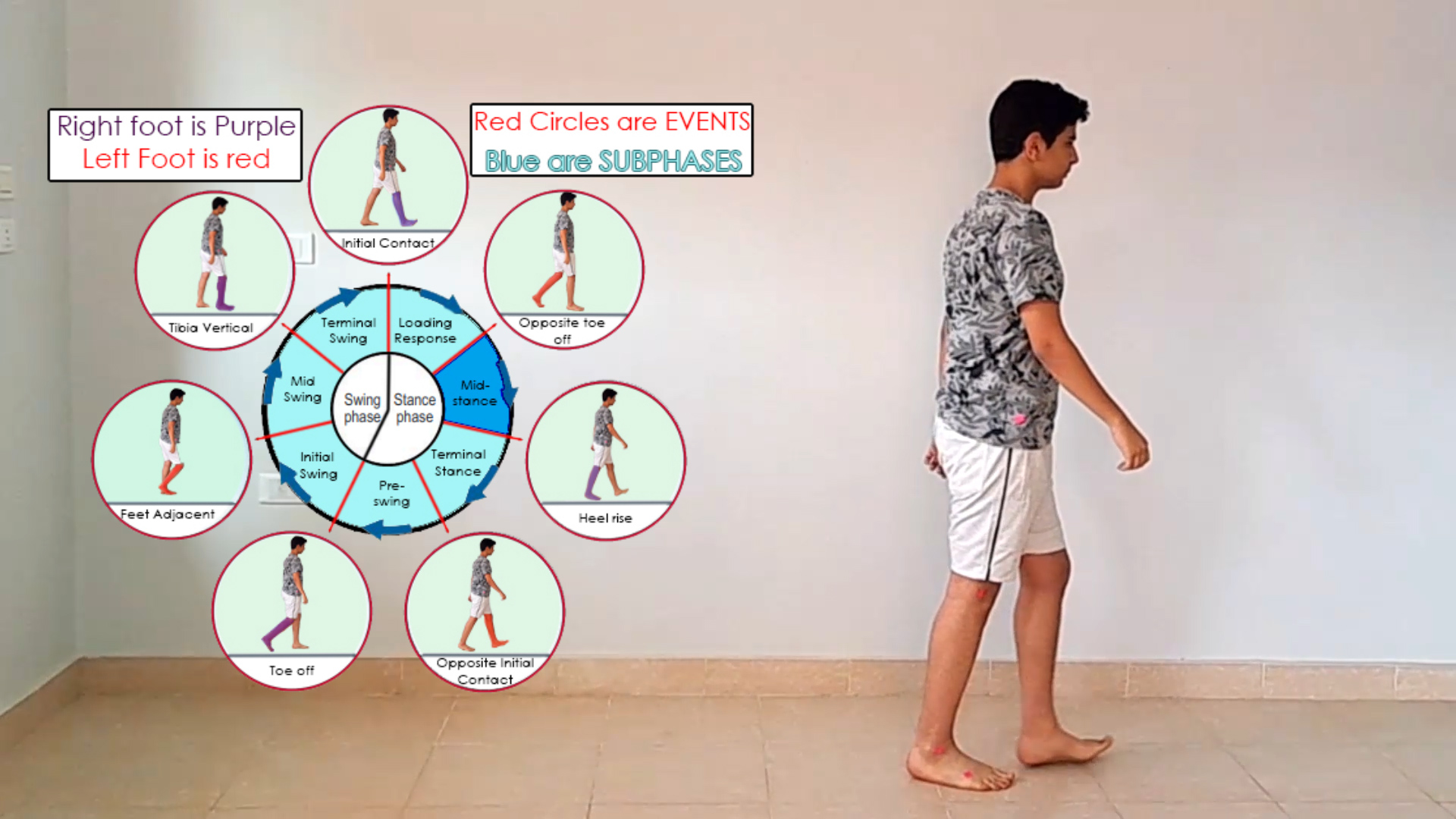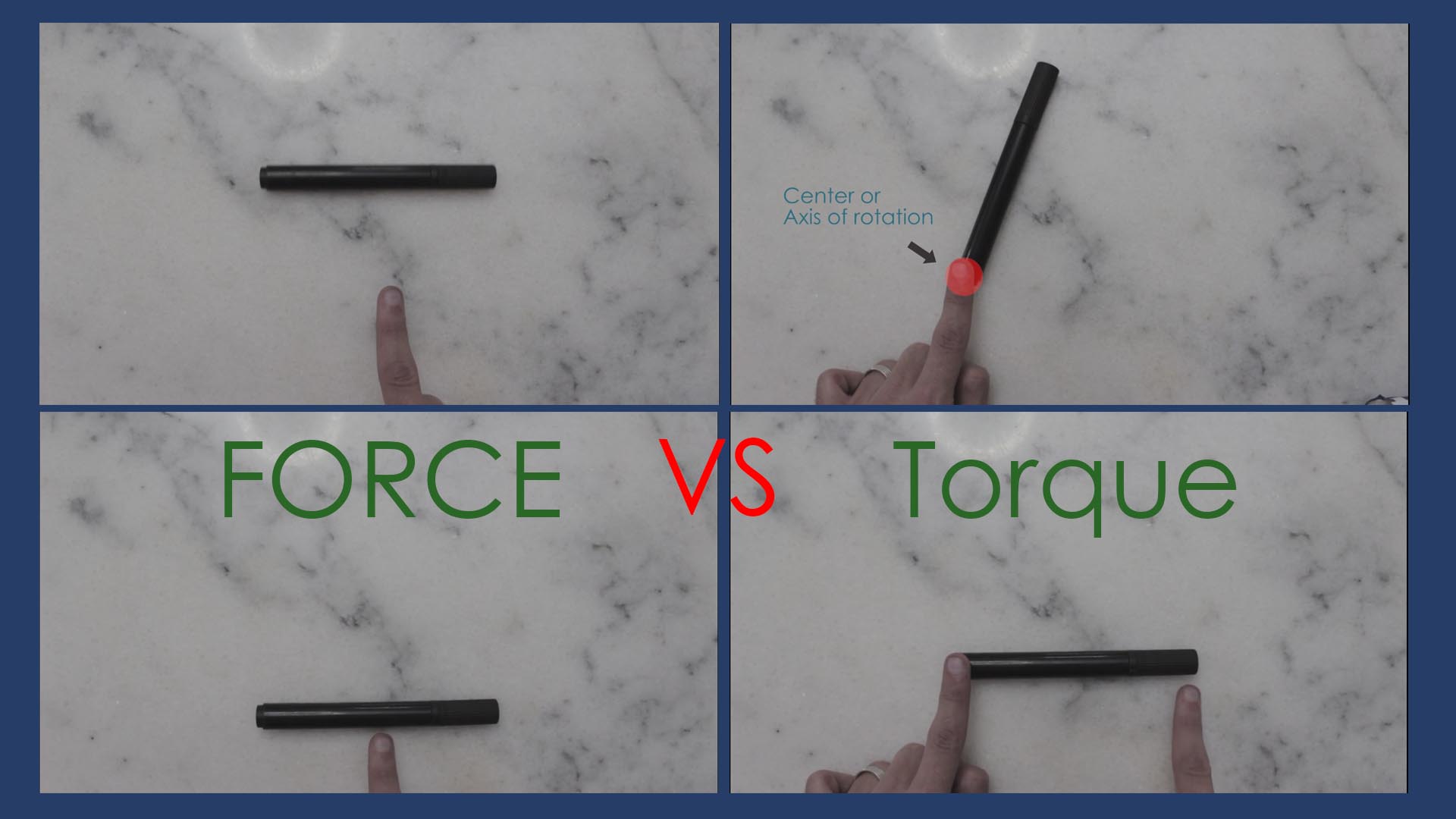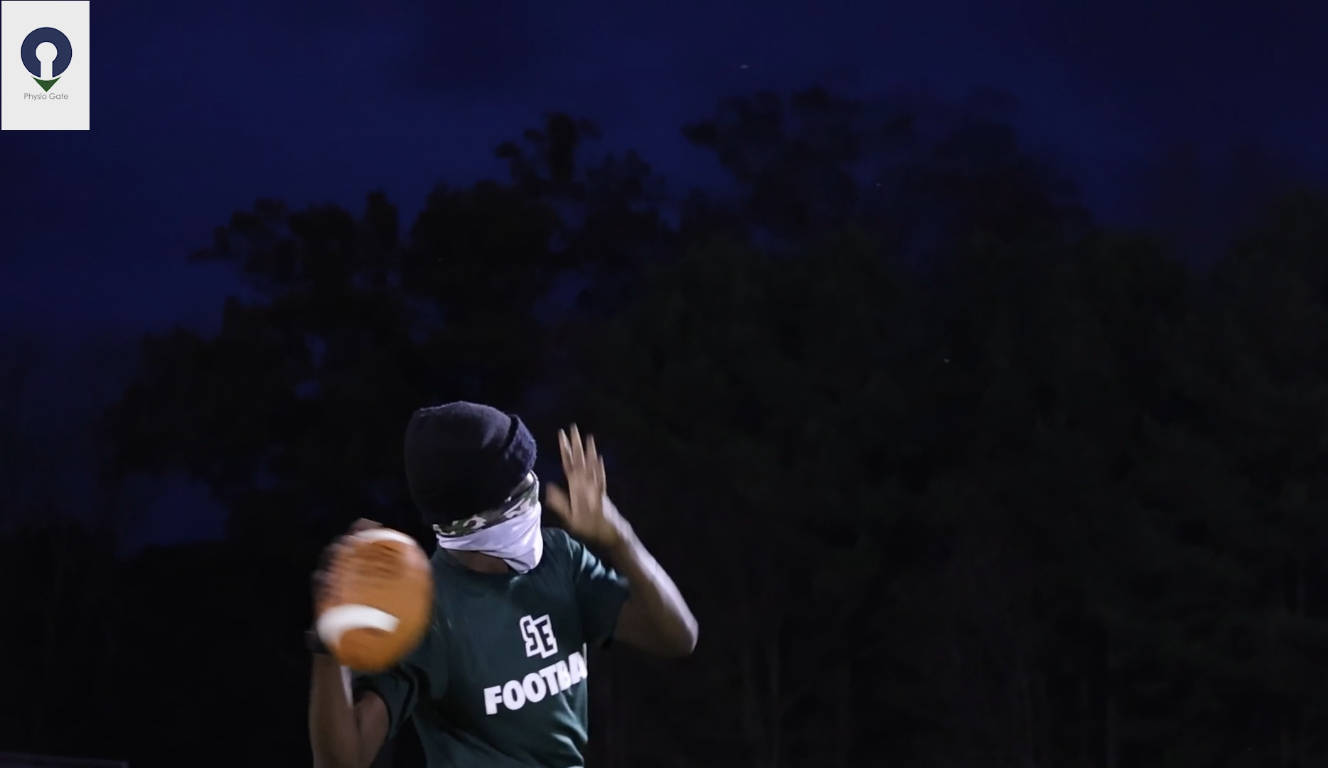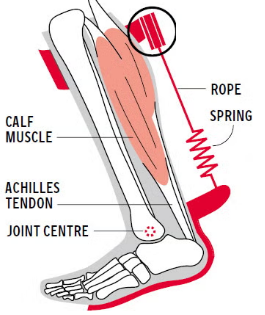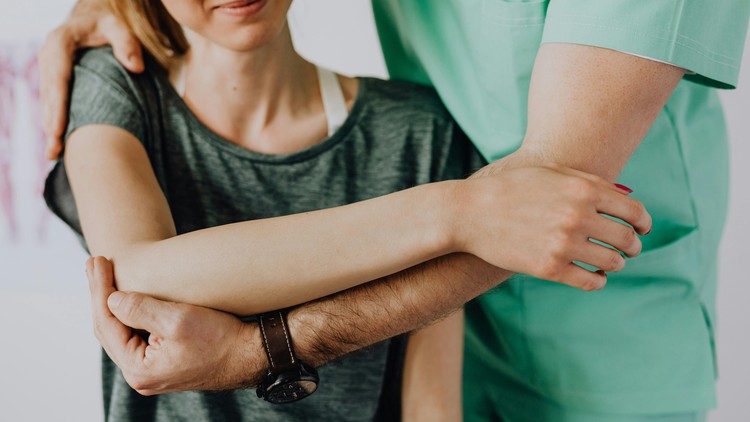Phases of the Gait Cycle: An In-Depth Look
Hello and welcome to our in-depth exploration of the phases of the gait cycle! Understanding the gait cycle is essential for anyone involved in gait analysis, whether you’re a physical therapist, physical trainer, or even a sports massage therapist. This blog will break down each phase, distinguishing between sub-phases and events, to help you grasp the complexities of human movement.
The Gait Cycle Overview
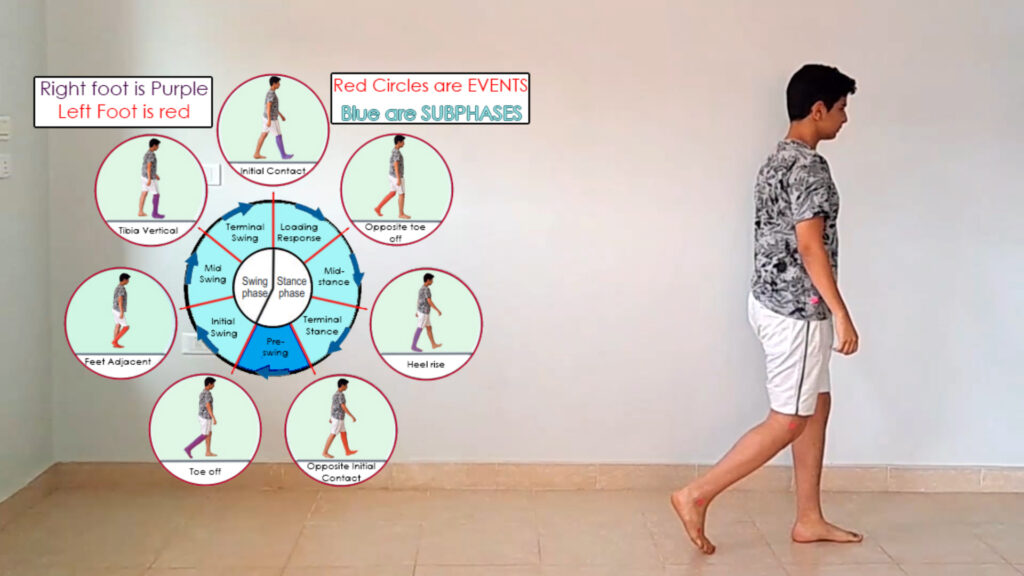
Before we dive into the specifics, let’s clarify what the gait cycle is. Simply put, the gait cycle is the sequence of movements your body goes through when you take a step. It begins when one foot makes contact with the ground and ends when the same foot makes contact again. This cycle can be divided into two primary phases: the stance phase and the swing phase.
In our discussion, we’ll use the latest terminology to describe these phases and events. This will provide a clear and accurate picture of how our extremities work together to create smooth, efficient movement.
Initial Contact: The Starting Point
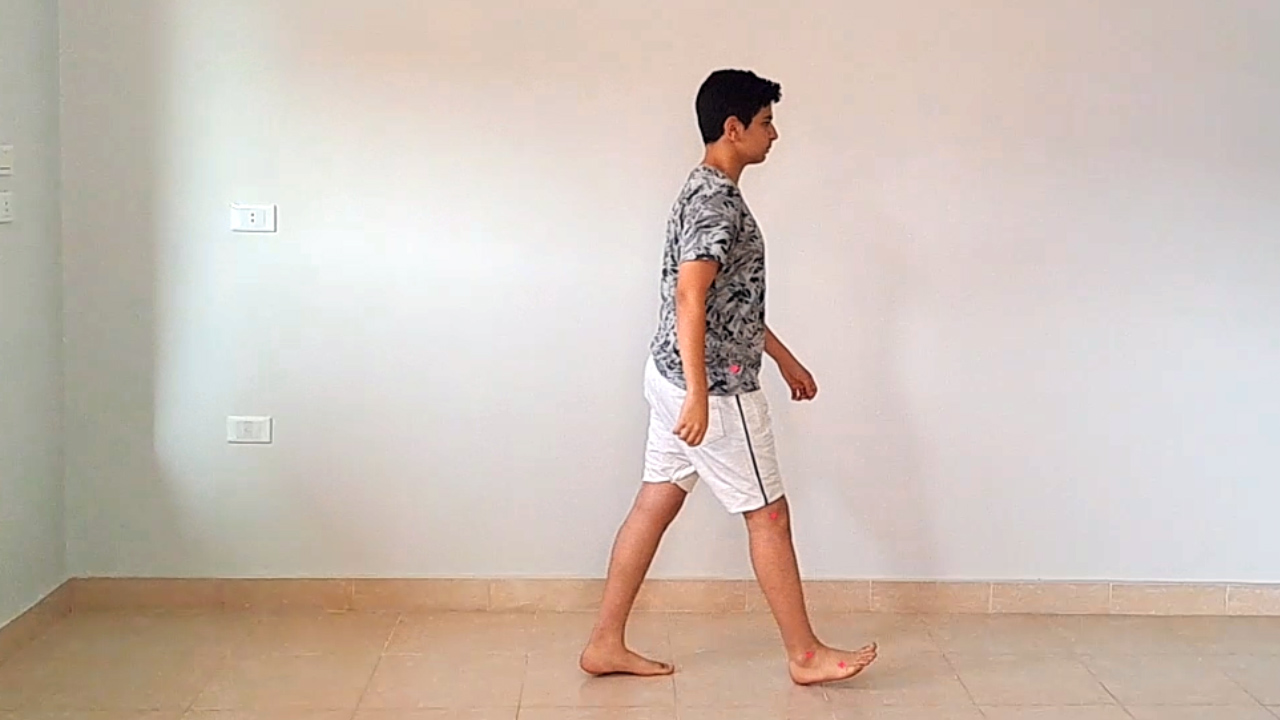
The gait cycle begins with the initial contact event. This is the moment your foot first touches the ground. It’s important to note that initial contact is an event, not a sub-phase. It happens quickly, comprising only about 2% of the entire gait cycle.
Loading Response: Absorbing Impact
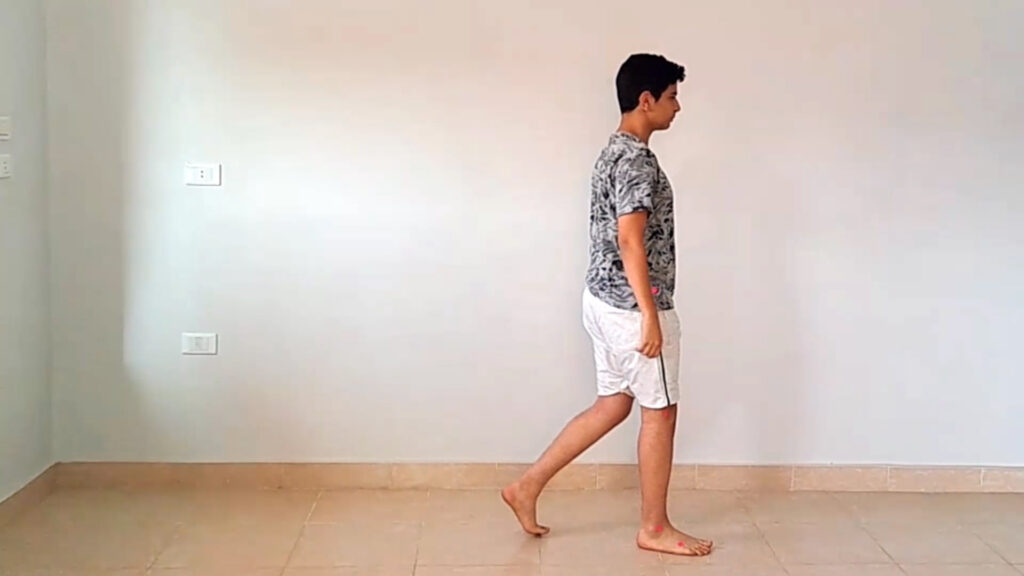
Next, we move into the loading response sub-phase. This phase starts with initial contact and ends with opposite toe off. During loading response, your body absorbs the impact of initial contact and begins to support your weight. This is a critical moment in gait analysis, as it involves significant biomechanical activity and muscle engagement.
Mid-Stance: Balancing Act
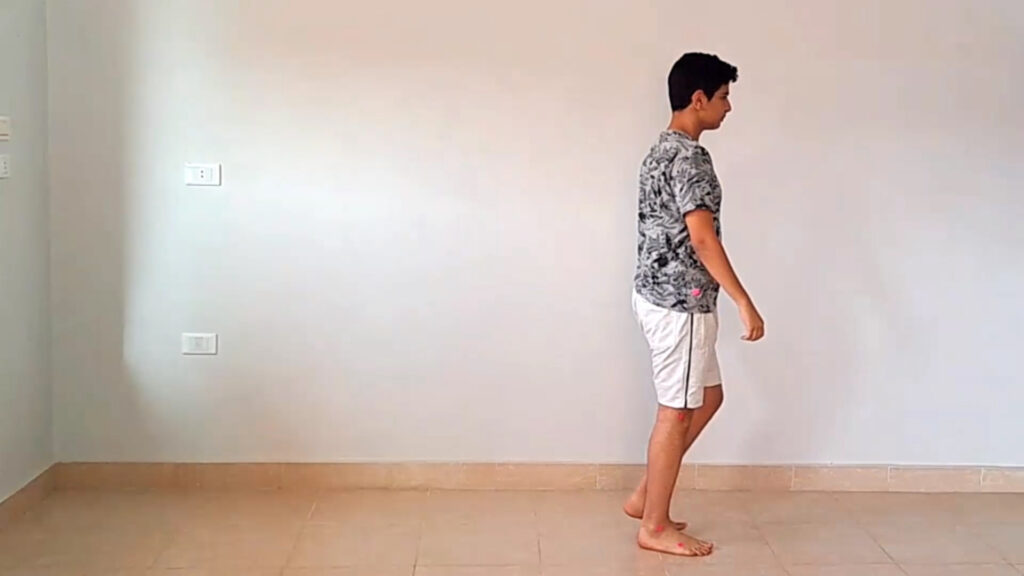
Following the loading response, we enter mid-stance. This is when your body weight is fully supported by one leg. The mid-stance phase begins with opposite toe off and continues until the heel of the supporting foot begins to rise. Here, kinesiology plays a vital role in maintaining balance and stability.
Heel Rise and Terminal Stance
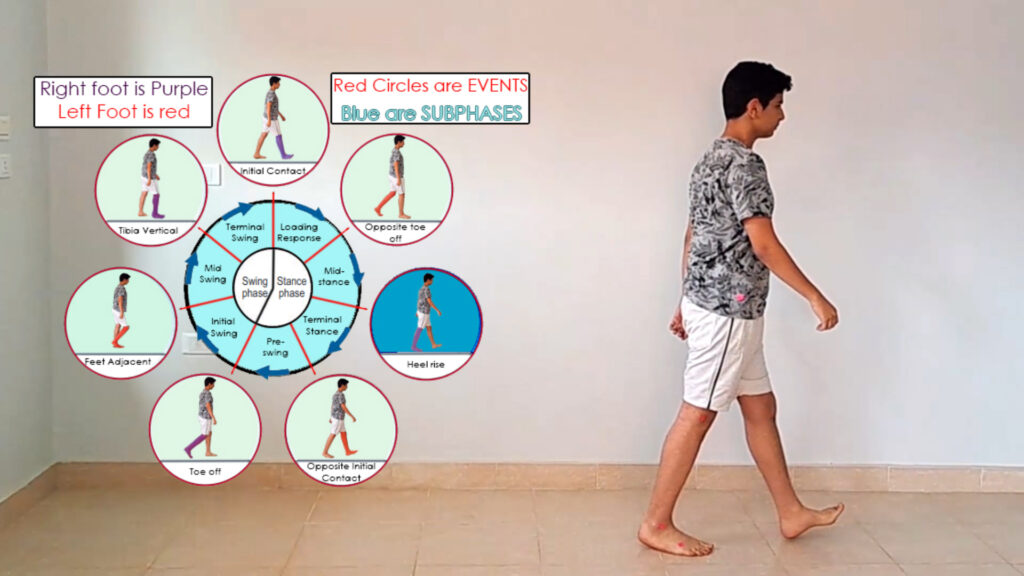
The next key event is heel rise, which marks the transition from mid-stance to terminal stance. Terminal stance continues from heel rise until the opposite foot makes initial contact with the ground again. This phase is crucial for propelling the body forward, relying heavily on the strength and coordination of the lower extremities.
Pre-Swing: Preparing for Lift-Off
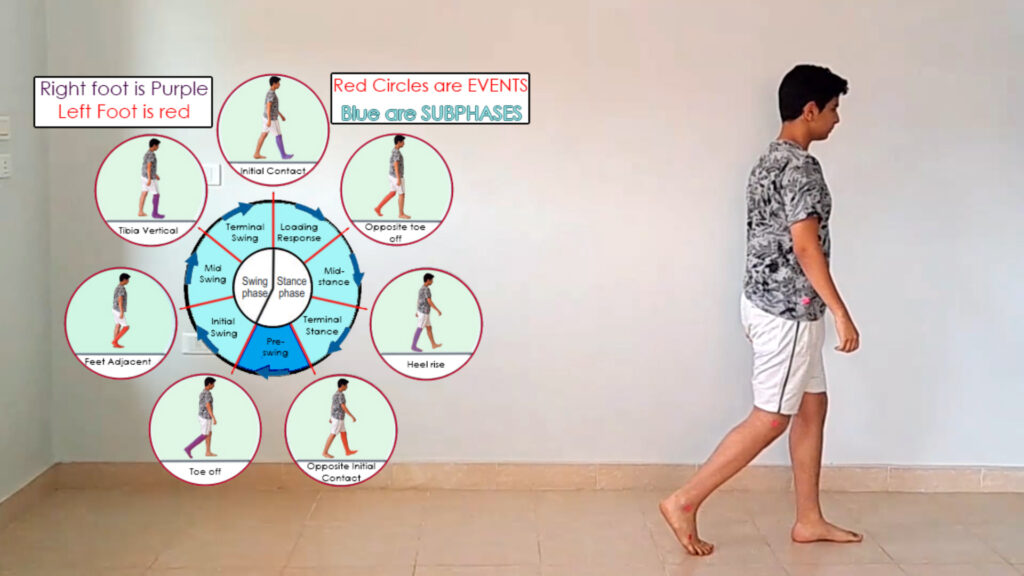
Pre-swing, also known as the second double support period, begins with opposite initial contact and ends with toe-off. During pre-swing, both feet are briefly on the ground, and the body prepares to shift weight onto the opposite leg. This phase is essential for creating the momentum needed for the swing phase.
Toe-Off and Initial Swing
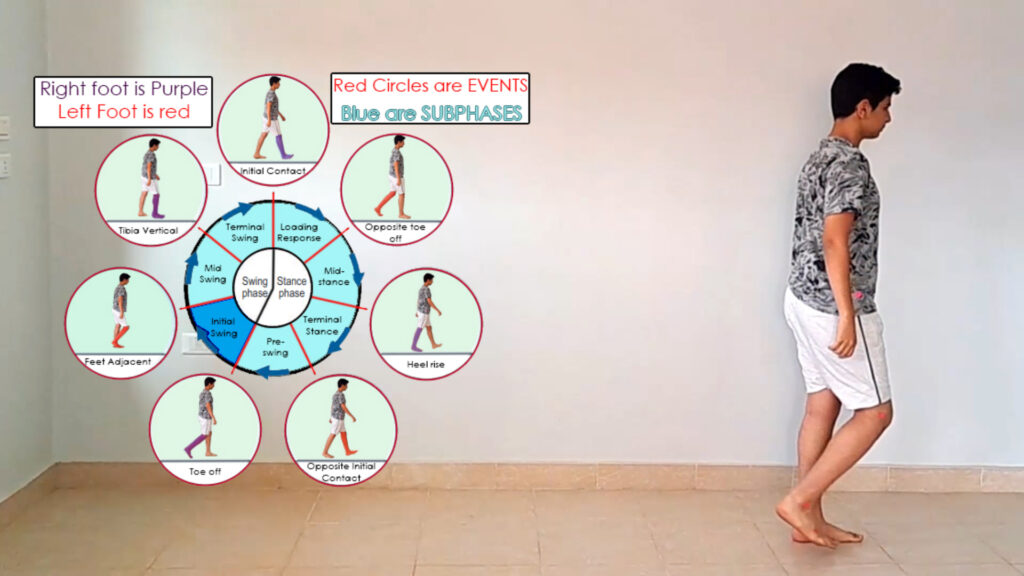
The toe-off event marks the end of the pre-swing sub-phase and the beginning of the swing phase. Initial swing starts immediately after toe-off and continues until the swinging foot is adjacent to the stance foot. This phase requires precise movement coordination to ensure a smooth transition.
Mid-Swing: Clearing the Ground
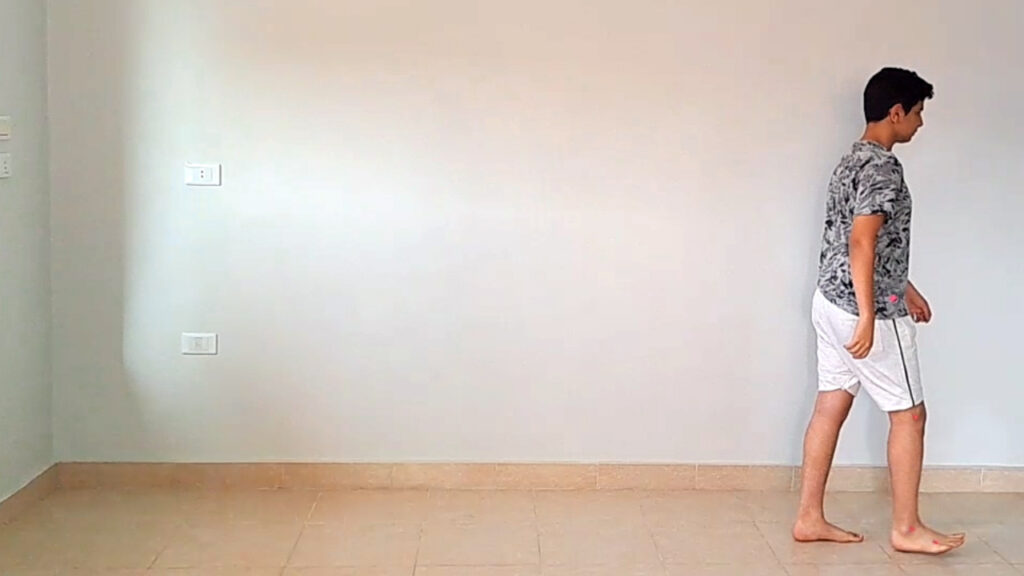
During mid-swing, the swinging foot moves from the adjacent position until the tibia is vertical. This phase is all about clearing the foot from the ground to avoid stumbling and preparing for the next step.
Terminal Swing: Ready for Contact
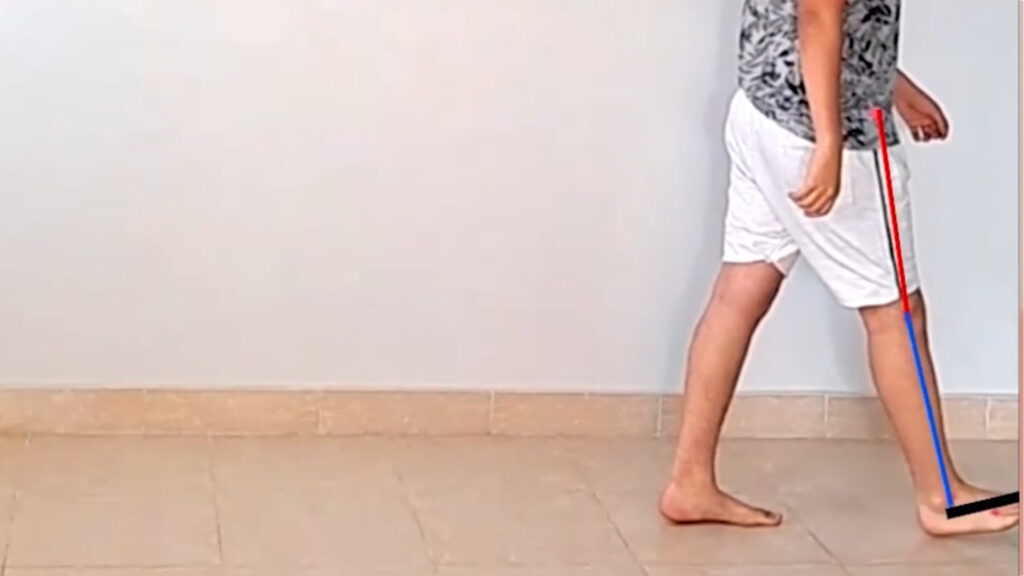
Finally, we reach the terminal swing phase. This phase starts when the tibia is vertical and ends with the next initial contact event. The leg is positioned to make contact with the ground, completing the cycle and starting anew.
Bringing It All Together
Understanding these phases and events is crucial for effective gait analysis. Whether you’re a physical therapist helping patients recover their mobility, a physical trainer optimizing athletic performance, or a sports massage therapist relieving muscle tension, this knowledge is foundational.
For those interested in diving deeper into the intricacies of gait analysis, I highly recommend checking out my Udemy course, Comprehensive Gait Analysis: Understanding Human Locomotion. This course offers detailed insights into the biomechanics, kinesiology, and overall movement involved in human walking.
Conclusion
The gait cycle is a fascinating and complex sequence that is essential to human locomotion. By understanding each phase and event, you can better appreciate the remarkable coordination and strength required to perform a simple step. Whether for physical therapy, training, or sports massage, mastering gait analysis can significantly enhance your professional practice.
Thank you for joining us on this journey through the phases of the gait cycle. We hope this blog has provided valuable insights and sparked your curiosity to learn more. If you’re eager to explore further, remember to check out my comprehensive course on Udemy. Happy learning and keep moving!
